Approaching Peak Housing Dysfunction in California
The proposed site of 425 homes in San Bruno, which will remain (at least for now) a parking lot.
If it's the case that, as Marx said, history's tragedies repeat themselves as farce, then California's never-ending housing crisis may be advancing to the "farce" stage.
The tragedy of it, after all, is old news at this point. It's become the numbing backdrop of life in California's wealthy but desperately unequal coastal metros. It manifests in nation-leading poverty and homelessness rates; in the statewide exodus of working-class Californians, and the fraying communities left behind; in young people lamenting, "Why is everyone I love leaving?"; in the loss of beloved small businesses, arts and activism; in the death of a 100-year old woman one month after her eviction. A sense of loss and helplessness pervades many of my conversations with friends in the San Francisco Bay Area, where I lived for seven years—both those who have found a way to stay put (often with financial help from parents), and those who have given up and moved away.
San Mateo County, just south of San Francisco, is the world headquarters of the likes of YouTube and Facebook. From 2010 to 2015, San Mateo County added 72,800 jobs but only 3,844 homes: that's 19 jobs for every home. Nineteen. Now, we can debate how much job growth the Bay Area should be experiencing, and what power cities do or don't have to slow it and encourage the tech industry to diversify its holdings elsewhere. But that 19:1 ratio is obscene. That ratio does not reflect a place in which there's a reasonably functional, responsive housing market.
So here comes the farce part. The San Francisco Chronicle reports:
Over the past three years, developer Mike Ghielmetti did everything he was supposed to do to get a 425-unit housing project approved on El Camino Real in San Bruno.... He followed the city’s transit corridor plan — approved by nearly 70% of voters — and spent $3 million on the approval process, repeatedly altering the project at 601-611 El Camino Real at the behest of residents and city staff.
He agreed to add car and bike parking, a 40,000-square-foot “upscale” grocery store, 64 affordable units, street improvements and a community meeting space. He also pledged to pay $10 million into the city’s general fund to offset the increase in demand for public services from the new residents.
But none of that mattered July 10 when, after a six-hour hearing, a no vote by a single San Bruno council member killed the Mills Park Plaza development, a project that supporters argue would have revived 5 acres of land near BART, Caltrain and the city’s downtown.
San Bruno’s Transit Corridors Plan, showing areas upzoned in 2014 for denser development.
As the Chronicle story indicates, San Bruno is no bastion of NIMBYism. It has taken more real steps than most of its neighbors to address how out-of-whack things are. The city's Transit Corridors Plan, adopted in 2013, lays out a handful of areas to target for mixed-use redevelopment. And voters themselves approved a measure, Measure N, in 2014 that relaxed height, density, and parking restrictions in those corridors.
San Bruno laid out a detailed blueprint for more housing. Ghielmetti followed that blueprint. The city killed his project anyway, $3 million and 3 years later, because, basically, one council member felt like it. Two others (out of five) had recused themselves because they own property within 1000 feet of the proposed project, and those recusals apparently counted as "no" votes.
The rejection of this project means about 425 households will be bidding up the rents on other homes, perhaps nearby or perhaps across the bay in fast-gentrifying Oakland. Those other homes would otherwise have been freed up for other people, and would have freed up in turn more, less expensive homes, in a chain that has been corroborated by academic research.
This project would have added 425 chairs to the game of Musical Chairs that is the Bay Area housing market; now we have the same number of players but 0 new chairs.
The "no" voting council member's objection seems to be the usual perennial concerns:
At the meeting, Marty Medina echoed concerns that multiple Mills Park residents brought up during public comment — that the project would make parking and traffic worse and that it was out of scale with the neighborhood of mostly single-story ranch homes.
There will always be people concerned about traffic and parking. There are anytime anyone wants to build anything. But if you want to deal with congestion, you need to reduce the amount people have to drive.
This project site is not only walking distance from two commuter rail stations; it's also part of a compelling vision for El Camino Real, the San Francisco peninsula's 50-mile stroad spine. Under this vision, the miles of Jiffy Lubes and furniture stores would gradually give way to mixed-use, pedestrian-oriented development along the spine of the region, on something that resembles a Parisian grand boulevard, served by frequent buses and nearby Caltrain service. It's an idyllic vision of a more urban future for the Peninsula.
Now imagine that every project that will contribute to making that grand boulevard a reality has to go through the gauntlet that Ghielmetti's did, and maybe meet the same ultimate fate. At this rate, El Camino's transformation won't happen in time for my great-grandchildren to see it.
Can anything reliably get done in the Bay Area?
What Should Have Happened Decades Ago
Here's the ugly truth: if you wanted to make housing construction as expensive and uncertain and unreliable as possible, you couldn't do a better job than the system California has set up. Approval processes drag on for years. Concessions and stipulations multiply like weeds. What happened in San Bruno is an object lesson in what can go wrong when cities micromanage development by carefully designating only specific, prescribed areas where all of it is to occur, under specific, prescribed terms.
Downtown San Bruno, California
The neighbors who claimed this project was out of scale with its surroundings aren't wrong, exactly. How do we get to the point of 425 apartments on the site of an old furniture store and parking lot, in an area of strip malls and single-story homes? The key is to realize that it's the scale of the surroundings that doesn't make sense.
San Bruno is the headquarters of YouTube. It's next door to the enormous San Francisco International Airport. It's a 15-minute train ride from downtown San Francisco, the wealthiest city on the West Coast. It's a 10-minute drive from a booming cluster of biotech businesses, and not much farther from the headquarters of goliaths like Facebook and Oracle. It's at the juncture of two commuter rail systems (Caltrain and BART) and multiple regional freeways.
Why is a location with such profound access to such wealth and opportunity dominated by little single-story bungalows?
San Bruno was founded around a railway station in the 19th century, and built itself a nice little downtown in the early 20th century. In the traditional development pattern, the way we used to build cities before the suburban era, here's what would have happened, over the span of decades:
People move to San Bruno (assuming enough of them like it there).
This causes land to get more valuable around the downtown.
Houses get incrementally redeveloped as higher land values justify it. Some smaller houses might be expanded into or replaced with multi-unit buildings like fourplexes or small apartment complexes.
New houses are, simultaneously, built farther from downtown, up into the hills, and down the peninsula toward other nearby railway towns like Burlingame and San Mateo. The city grows incrementally taller and denser in the core even as it expands horizontally.
Public infrastructure is improved over time, as new residents bring in new revenue.
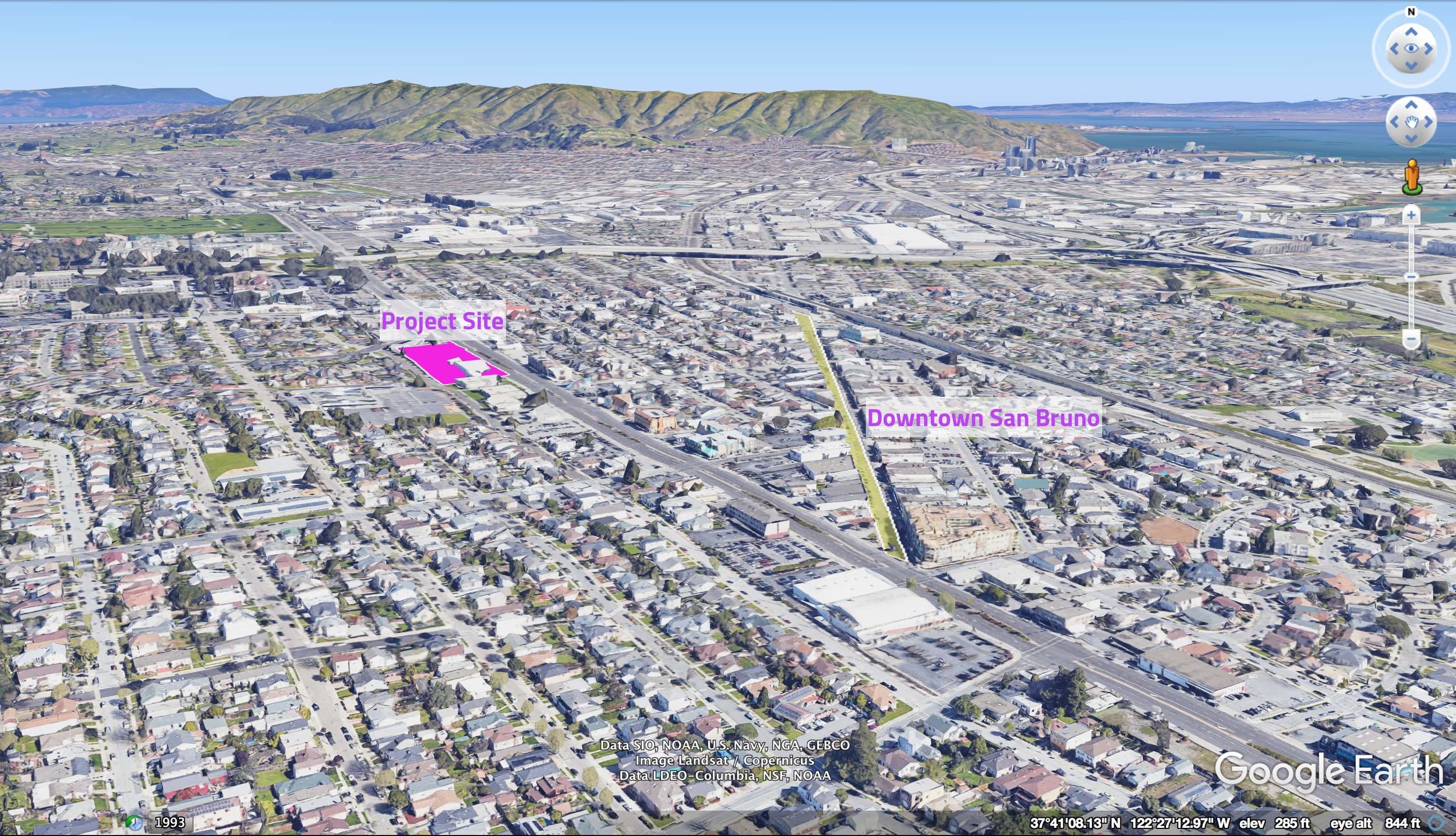
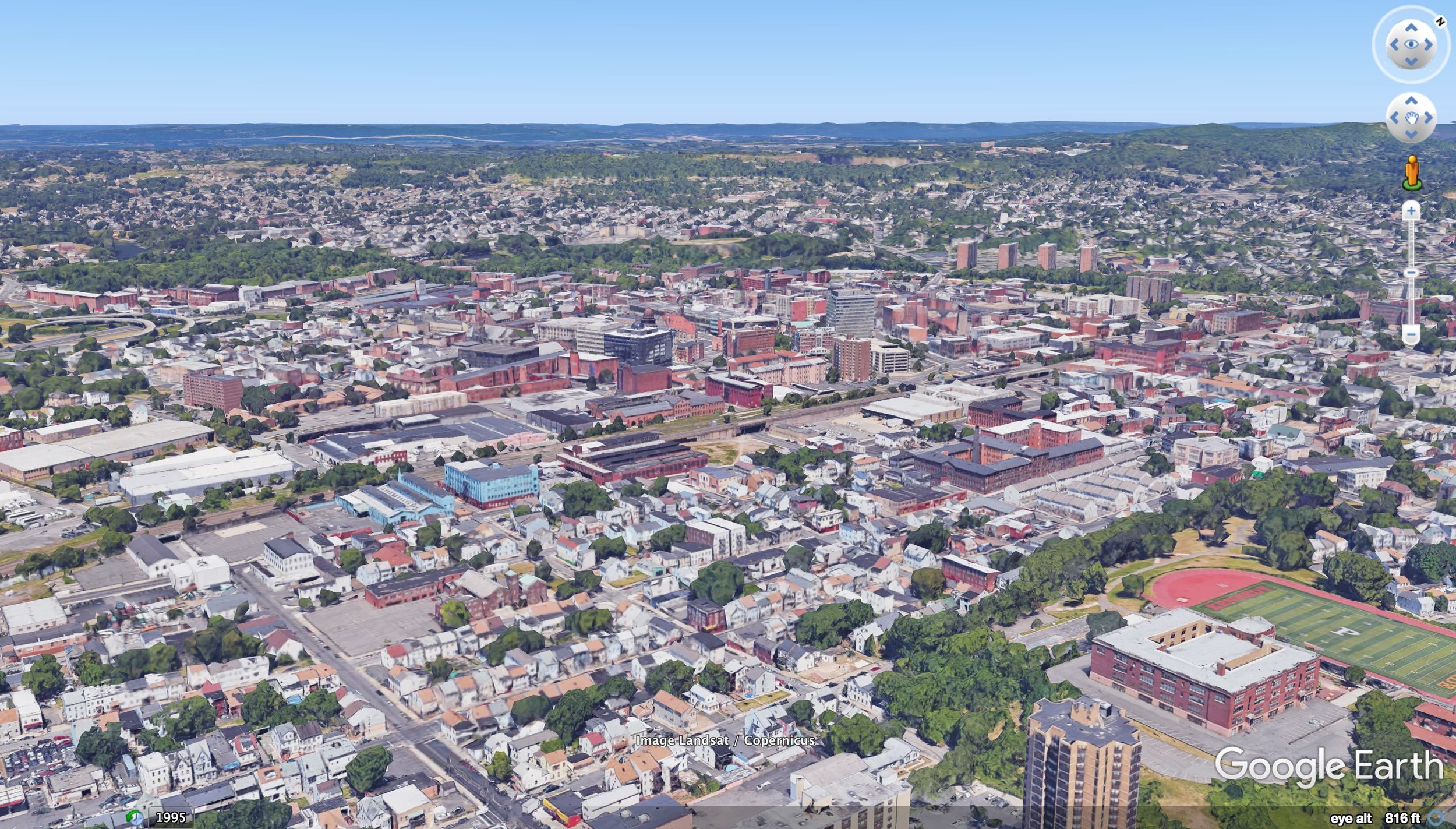
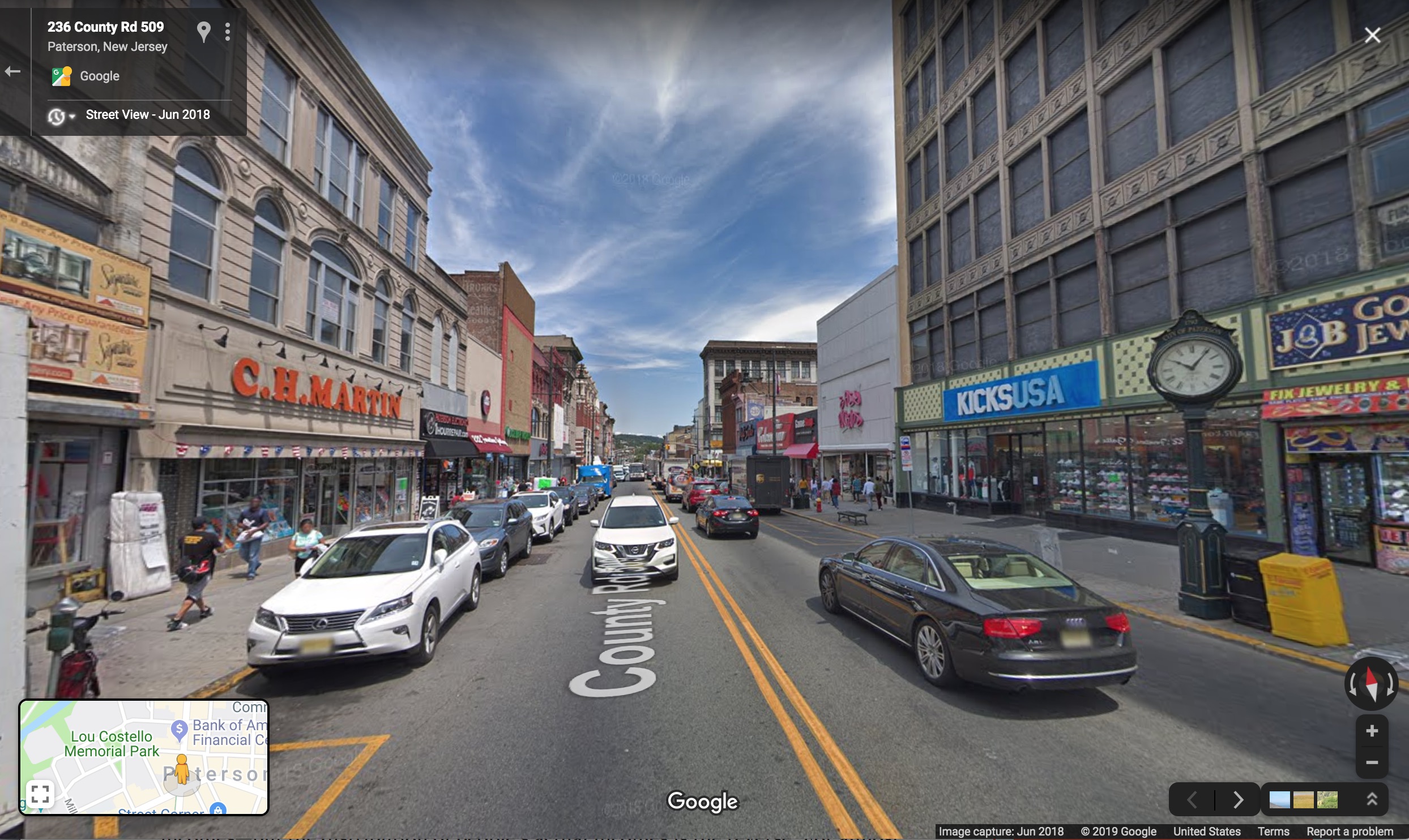
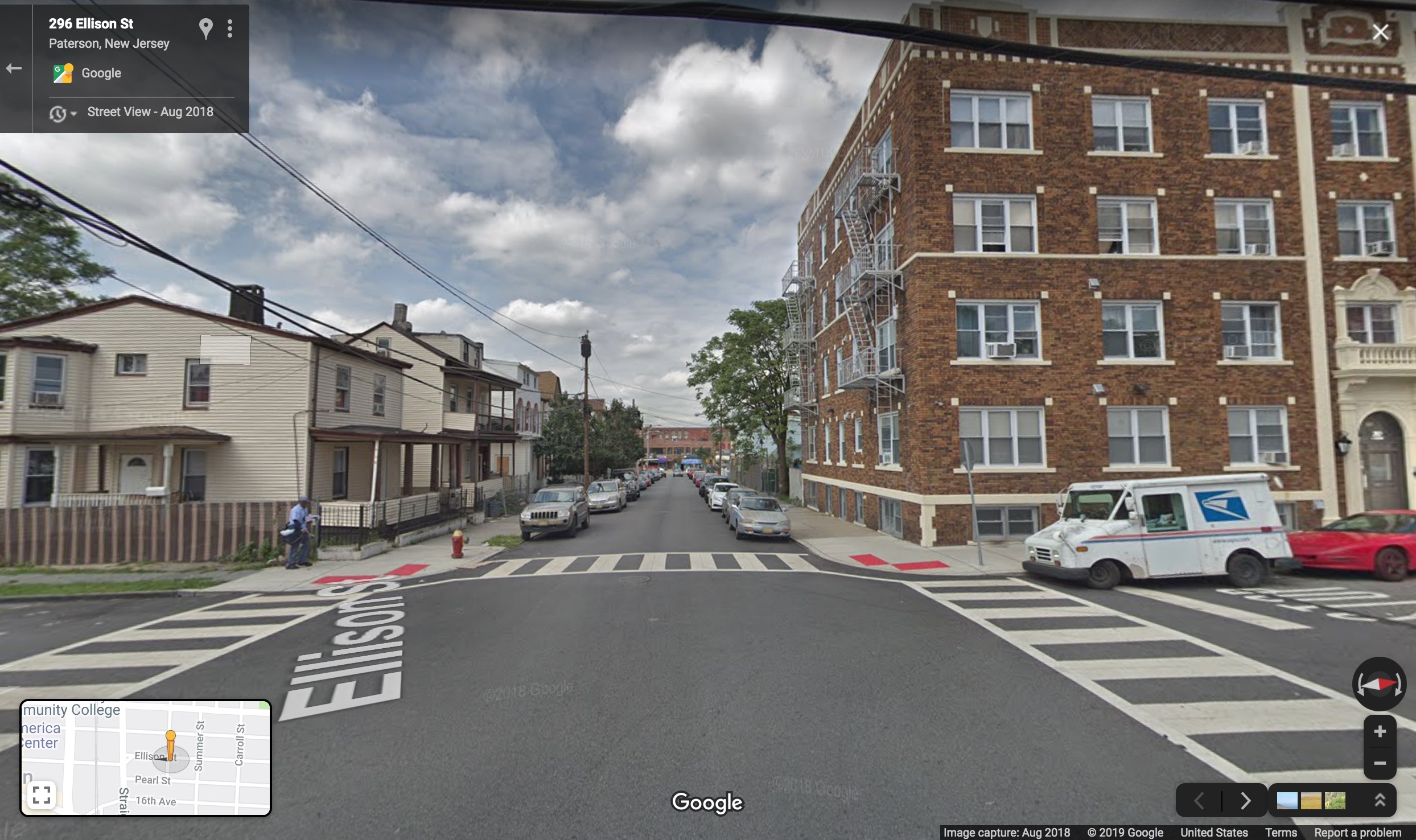
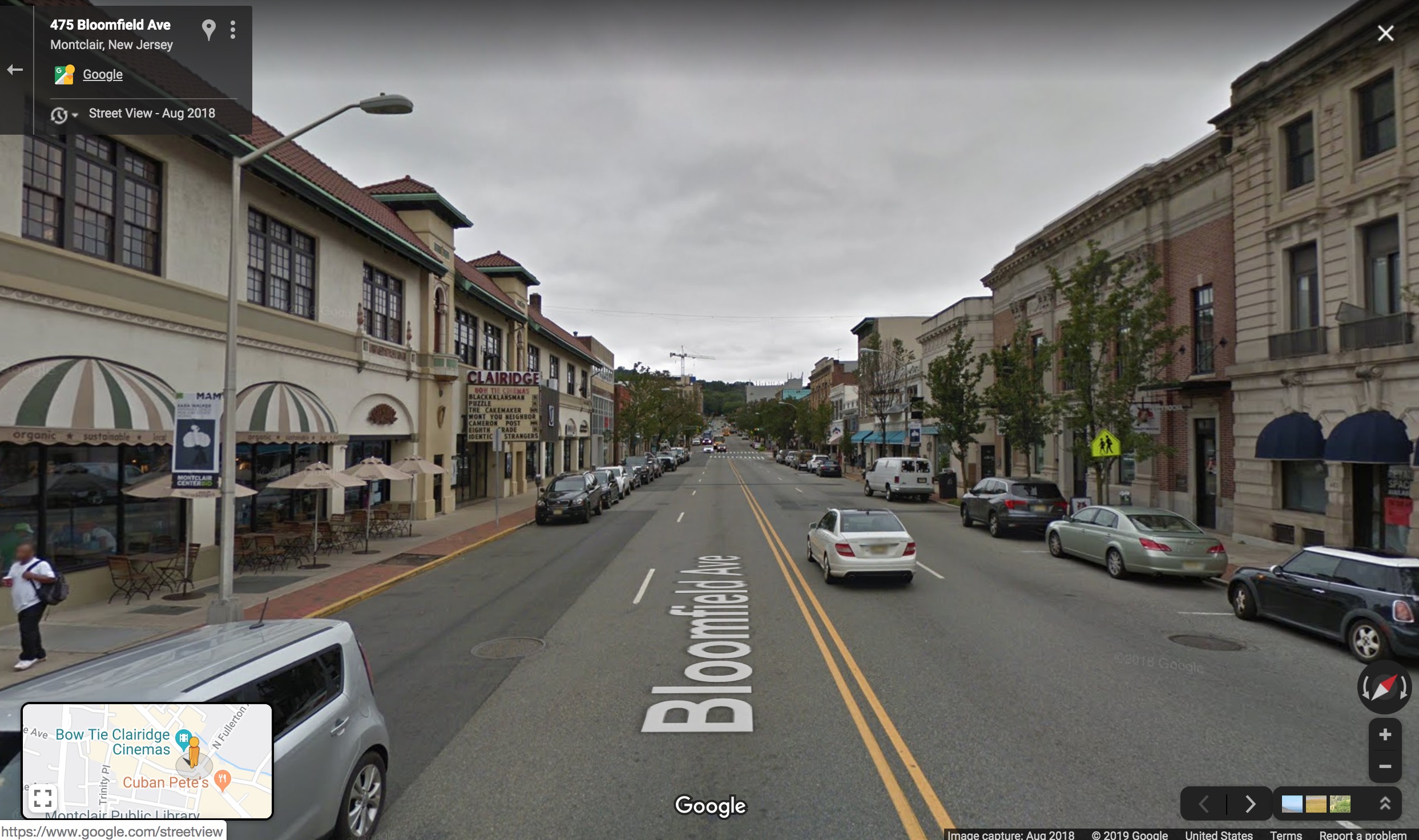
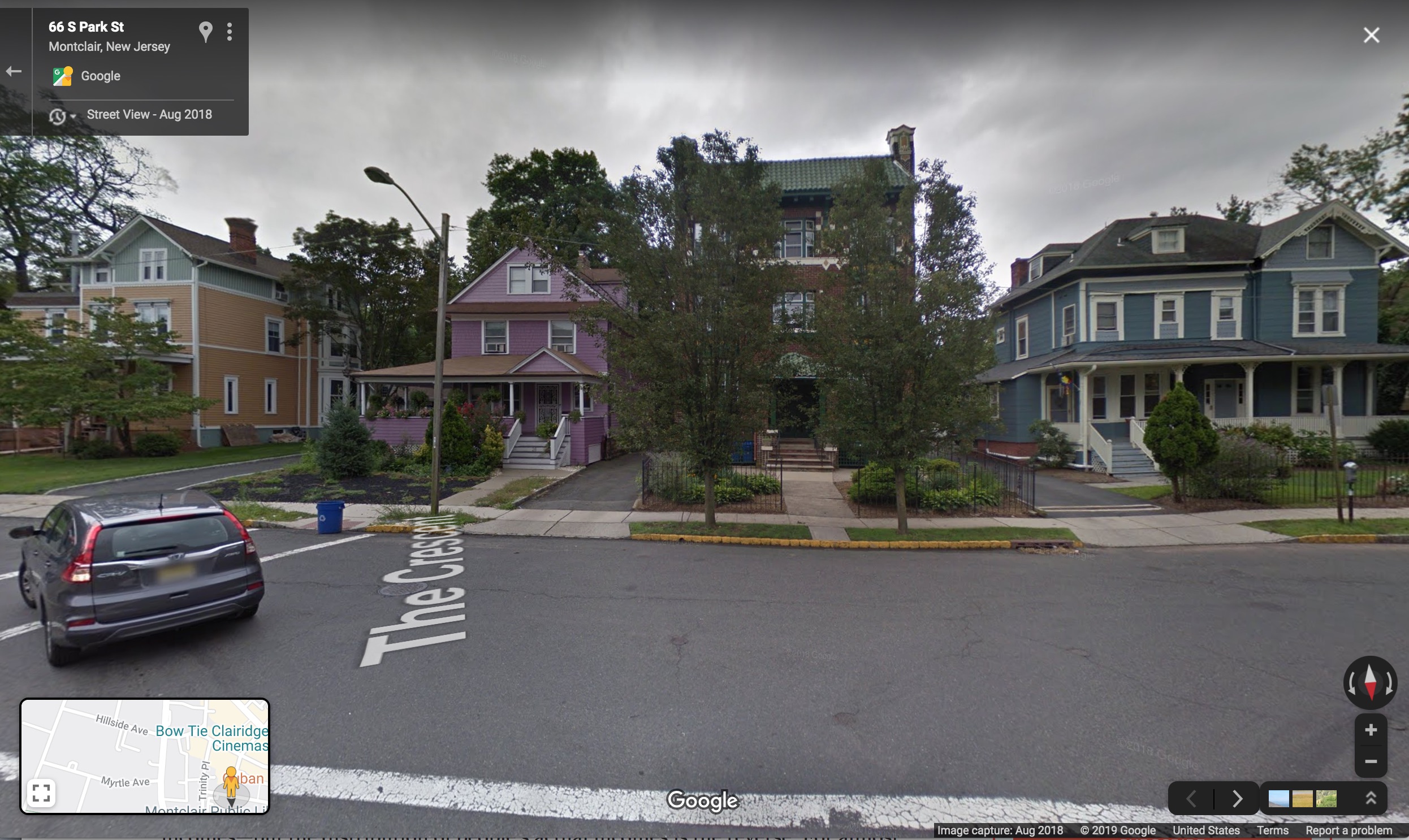
You can see this historic pattern in the Northern New Jersey suburbs of New York City, which urbanized to a much greater extent before the mid-20th century when suburban land-use rules were established. The cores of many of NYC's Jersey suburbs are mini-cities in their own right.
For contrast, the accompanying slideshow contains aerial views of San Bruno versus Paterson, New Jersey. In Paterson, you can see the gradual drop-off of development intensity from a mid-rise downtown, to an area with a mix of apartments and homes, to single-family neighborhoods further out. In San Bruno, there’s no such gradual drop-off: the development intensity just flatlines.
Post-World War II, California went all in on the suburban experiment. A huge binge of highway-fueled suburban fringe development in places like San Jose took away much of the impetus to grow and improve downtown San Bruno. And rigid single-family zoning locked the adjoining neighborhoods in stasis.
Data via 2017 American Community Survey 5-year estimates.
The Bay Area now exemplifies the Trickle vs. Fire Hose dynamic that can be seen all over American cities. A small handful of neighborhoods are expected to absorb the brunt of growth, while the vast majority are virtually or literally off-limits to change. In San Mateo County, approximately 75% of the just under 5,000 homes built since 2010 were built in just one-sixth of the county's neighborhoods (using census tracts as a proxy for neighborhoods).
About half of neighborhoods have seen zero new homes built in those seven years. Only in 16 tracts out of 160 has the total housing stock grown by more than 5%. Only in three has it grown by more than 10%.
New apartments in downtown Redwood City, California.
You ever have a pot on the stove with a huge amount of steam built up, and you crack the lid only a little in one corner, and whoosh? That's the San Mateo County approach to housing. All the demand is shoved into a few locations. One of them is downtown Redwood City, where fully ten percent of the new homes built in the entire county (population 750,000) since 2010 have gone up in the span of just a few blocks.
The policies that target upzoning and high density redevelopment to a few locations create the perfect environment for speculation. This sends land prices through the roof. With this spot-upzoning process, cities also gain the ability to subject captive developers to extraordinary demands that raise the cost of producing housing. Just look at the laundry list of concessions San Bruno got out of Ghielmetti before killing his project anyway: affordable units, street improvements, community space, and a $10 million contribution to the city's general fund.
In a speculative environment like this, only very deep-pocketed developers are in the game. Infill building projects are huge, complex, and rare, because the procedural obstacles and the costs are astronomical. Only large-scale development can justify the uncertainty, delays, and risk of the planning process: if the neighbors are going to come out and yell about three houses on a single lot, as they did recently in Berkeley, you don't dare waste your time with something so small.
And yet we don't actually get more housing this way, because every big project is now treated as an existential battle between competing visions of the Bay Area's future. And even one that checks all the boxes established by a years-long public process, as we've seen in San Bruno, can be denied.
We Need to Relinquish Some Control
If your goal is simply to get housing units built—if you want to reduce all the complexity of our cities down to a housing-to-jobs ratio or some other statistic—there are ways to use the muscle of state and corporate power to get units built. You can throw public money at it. You can throw Google's money at it. You can ram skyscrapers through the bureaucratic process somewhere, I suppose. These top-down solutions, though, will likely produce an even more distorted and less responsive development environment, in which you have to be even better connected to play.
If your goal is to fix a dysfunctional market, so that in 30 years we're not having this debate anymore? Well, then we need to talk via negativa—the process of addressing dysfunction in complex systems by removing distortions, not adding more.
Strong Towns, inspired by Jane Jacobs's insights about cataclysmic money, has put forth the following pair of principles for neighborhood change:
No neighborhood should be exempt from change.
No neighborhood should be subjected to radical change.
Here's the thing: if you want to have the second, you have to accept the first. They're a package deal.
A good starting point would be to universally allow the missing middle, up to triplexes and fourplexes, in just about all neighborhoods. Oregon just did this. California has toyed with it—it was a late and promising addition to the troubled housing bill SB50. The crucial piece here is that that next increment of development—a triplex or a backyard ADU—needs to be allowed as of right. This means no weaseling out of it with setbacks or lot width or height requirements that effectively disallow these buildings. No crazy onerous approval processes or hidden fees. No seven-hour public hearings.
The as-of-right part is essential because we've adapted to a culture in which many think it's a birthright that your neighborhood doesn't have to change. And California, as much as anywhere, is paying the price. If you don't like the vision of 425 new apartments on El Camino Real, you simply can't freak out over triplexes in your neighborhood.
I'm not suggesting triplexes alone will provide enough homes to solve the housing crisis next year or in five years or in twenty. They might do more than you think, though. When something like 90% of the land in San Mateo County is off-limits to development, the prices are guaranteed to be crazy on the remaining 10%. Make it so El Camino Real is no longer the sole outlet for every bit of pent-up demand to live on the Peninsula, and I bet you anything land prices actually fall on El Camino Real, making more projects like Ghielmetti's viable—and, crucially, much smaller ones too.
The road back to housing sanity is bumpy. But Northern California's cities will be stronger for it.
(Cover photo by Thomas Hawk via Flickr)

Daniel Herriges has been a regular contributor to Strong Towns since 2015 and is a founding member of the Strong Towns movement. He is the co-author of Escaping the Housing Trap: The Strong Towns Response to the Housing Crisis, with Charles Marohn. Daniel now works as the Policy Director at the Parking Reform Network, an organization which seeks to accelerate the reform of harmful parking policies by educating the public about these policies and serving as a connecting hub for advocates and policy makers. Daniel’s work reflects a lifelong fascination with cities and how they work. When he’s not perusing maps (for work or pleasure), he can be found exploring out-of-the-way neighborhoods on foot or bicycle. Daniel has lived in Northern California and Southwest Florida, and he now resides back in his hometown of St. Paul, Minnesota, along with his wife and two children. Daniel has a Masters in Urban and Regional Planning from the University of Minnesota.